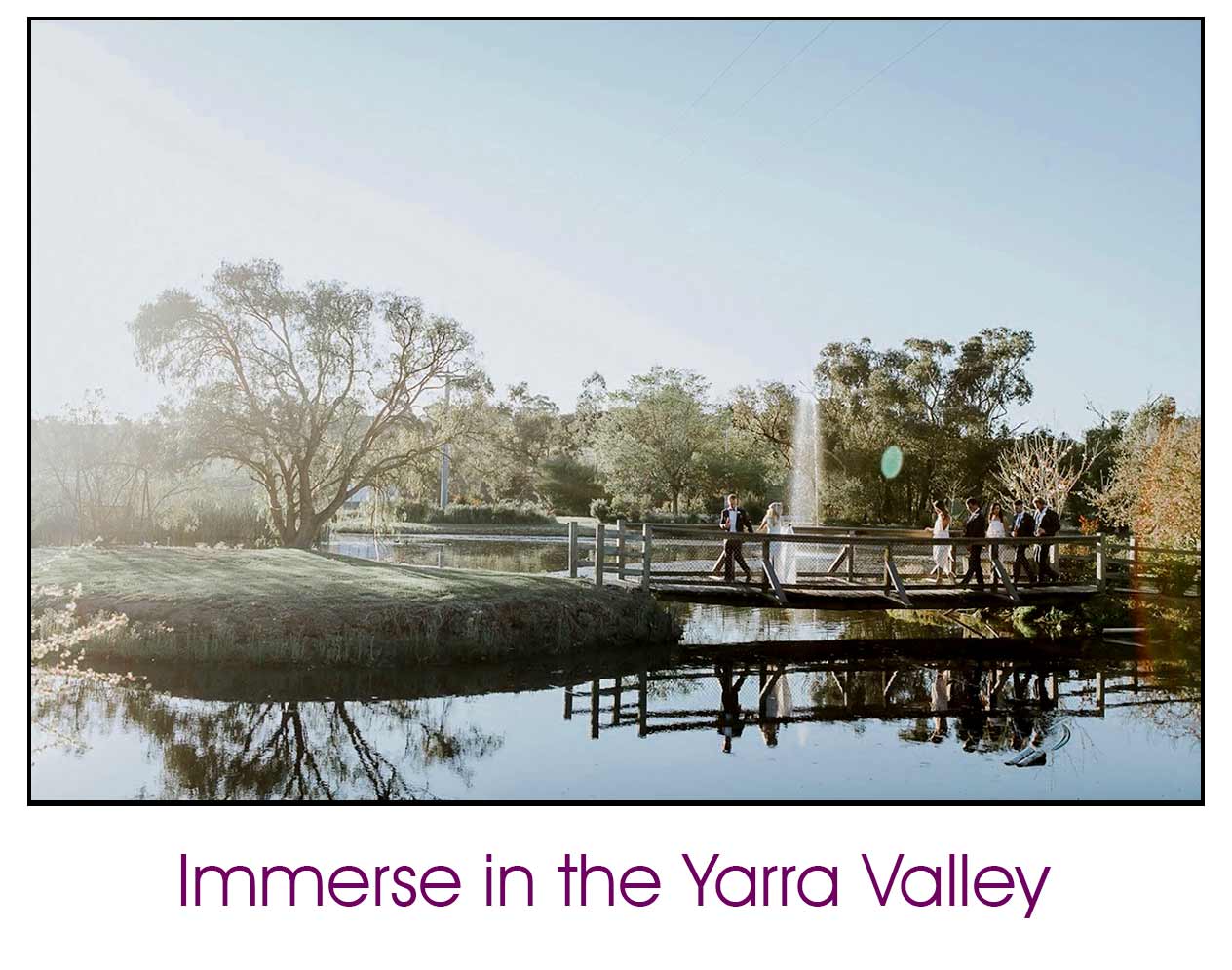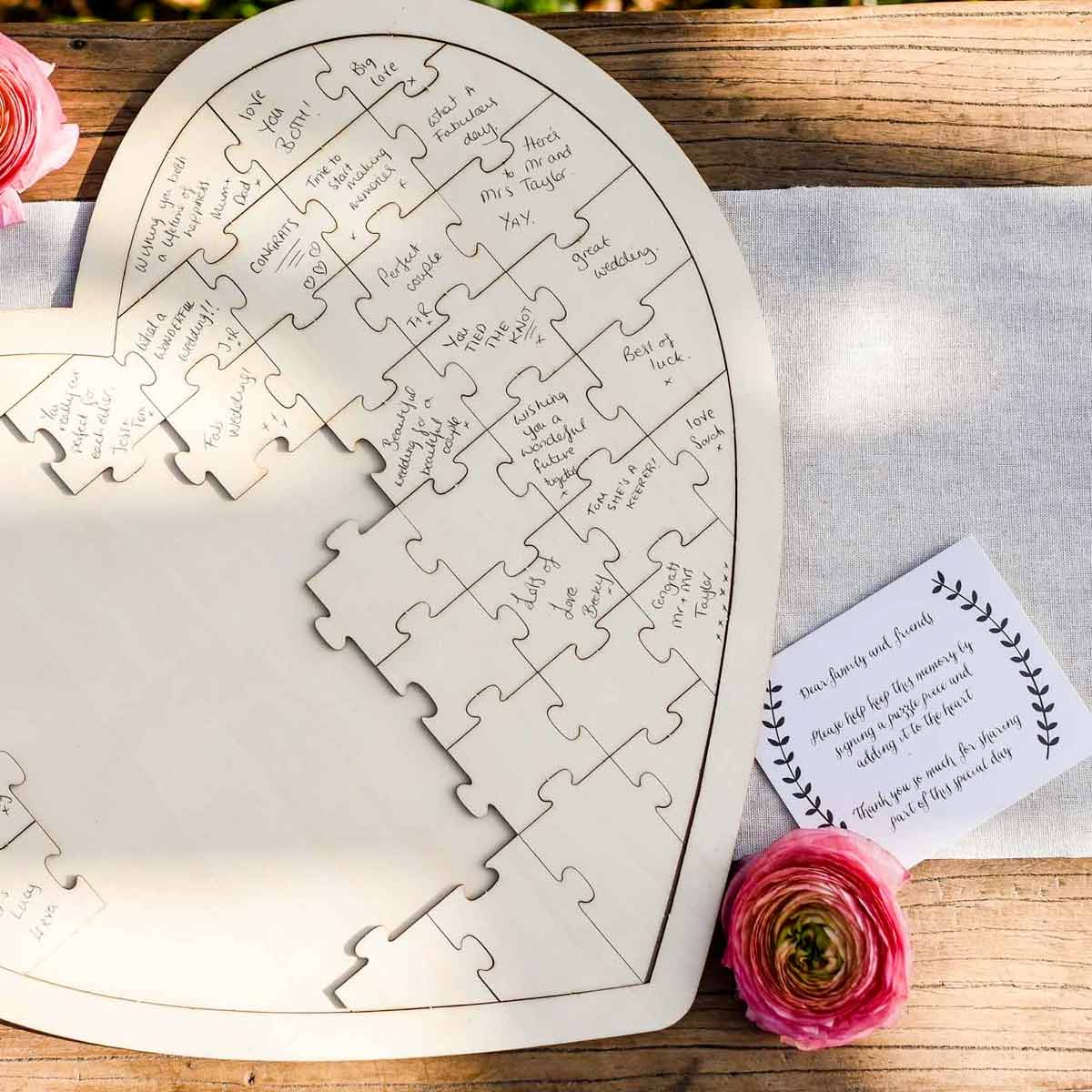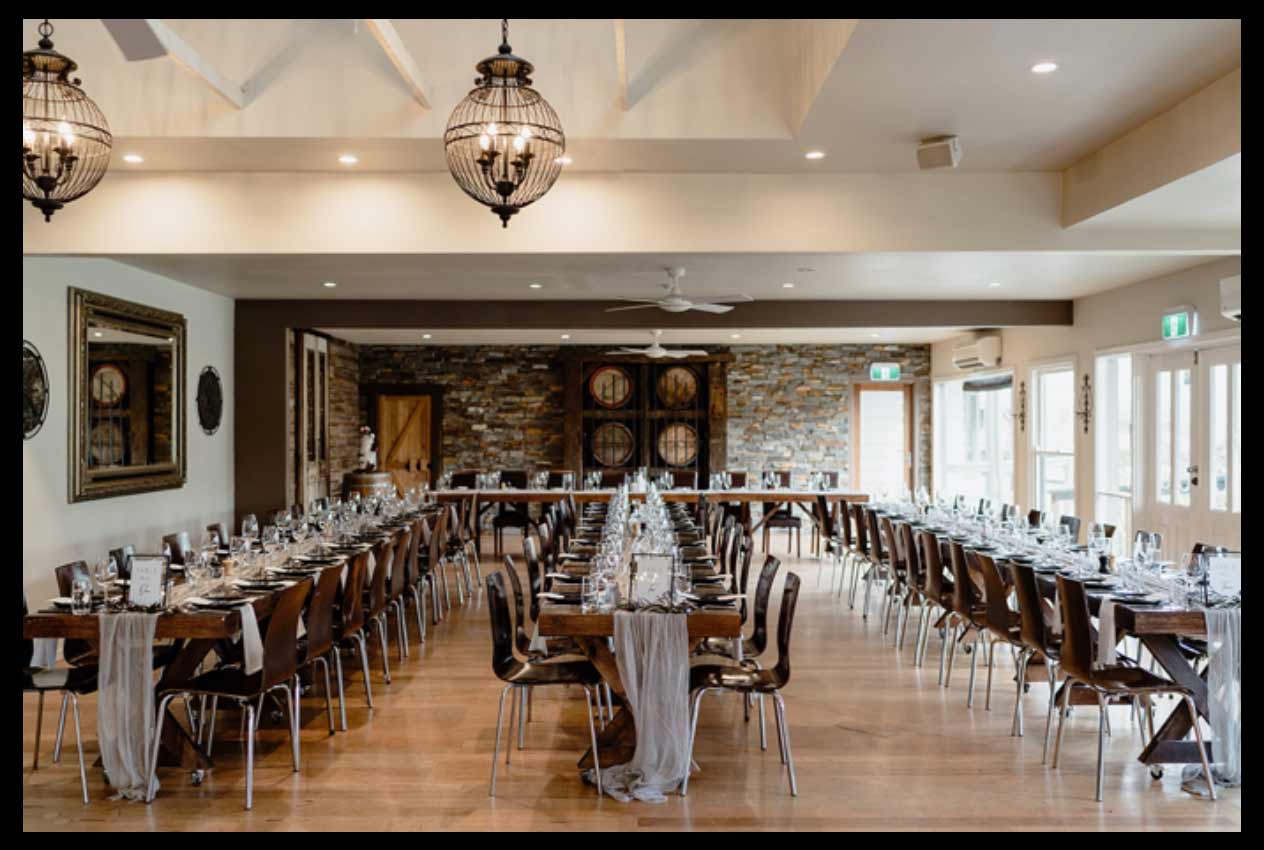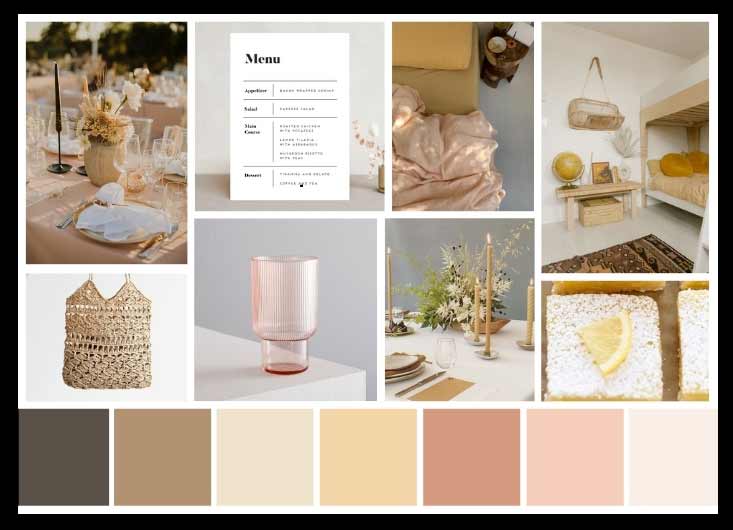The 5 Elements and Principles of Wedding Design
Principles of Wedding Design ... On the weekend I was setting up Amy and Cal’s wedding at Immerse in the Yarra Valley. It was an amazing day, not too hot and not too cold. A beautiful Friday to be getting married.
Part of setting up is talking to the guests and answering questions. I was asked over and over again, “how do I learn how to design like you?”
I joked and suggested that people join one of my amazing classes where I teach all the tricks of my trade! Or better still, asked them to let me show them what I can create for their special event LOL!
Putting that aside, let’s break down everything you need to know to start creating your dream wedding.
Designing a wedding is not a small job, it takes creativity, boldness and an eye for detail. Designing your wedding is where you will create the overall look and feel for your special day.
You are putting a puzzle together - your wedding puzzle!
Details such as the colour of your plates, the texture of your flowers and the shape of your chairs are all important pieces of a puzzle which together will create the overall picture of your wedding.
So how do you make sure all your wedding elements work together?
We have a few tips and tricks we want to share with you, to make styling your wedding easy.
By the time you finish reading you will feel confident to get started designing the wedding of your dreams.
Here are the 5 Insider Tips for Styling your wedding like me, a Pro
- Choosing the Right Colour Palette
- Design a Mood Board
- Choose a Motif
- Choose the Right Venue for your vision
- Keep to the Theme
The thing you will notice with this list is that they all relate to each other and lead over to the next one on the list, this is the formula to finishing your dream wedding puzzle.
1. Choosing the Right Colour Palette for you
Your colour palette is one of the most defining decisions you will make when it comes to designing your wedding. Start by thinking about what colours you and your partner love.
Also think about the colours you don’t like.
Amy thought she wanted burnt orange in her wedding and when I put this amazing burnt orange flower in her bouquet, she realised it was not what she wanted. She wanted natural earth tones.
This is the advantage of my amazing hand-painted artificial flowers, you can change your mind before the day.
- Things I tell my couples to do is look at your wardrobe, what colours do you like to wear?
- Look at your furniture and home styling, which colours stand out?
- Look at the pictures you’ve saved of weddings you love and notice the colours.
- Do you prefer lighter, soft colours or darker, strong colours?
This is how you build a colour palette that is specific to you and your wedding vision. Choosing the right colour palette will determine the overall look and style that you are dreaming about.
Remember, it’s not just the obvious elements like flowers and stationery that bring colour into your wedding.
Elements such as the background of your venue and the furniture materials used will also contribute to your colour palette.
Look at the wine barrels behind the bridal table. Rustic and very natural in colour, these barrels add to the look and feel of the reception.
Another example is, if your wedding is outdoors, you’ll have green or blue with trees and the sky, and if it’s inside the colour of the walls will become a part of your colour palette as well.
It is also important to think about the tones of materials you would like to use.
What colour metal, what type of stone, what colour wood will you use? Look at the stones next to the wine barrels, they have blue, brown and faun tones in them.
Where possible, try to incorporate only one tone of wood, metal and stone and stick with that material throughout your wedding design.
Finally, it’s important to let your colour palette guide your decision making.
Before deciding on any element of your wedding, put it through the filter of your colour palette to ensure it will work with your overall style.
If you really want to have an eye for detail, don’t include any element that doesn’t fit with your colour palette. Remember in the design world less is always more.
Applying this one simple step will help your wedding design stand out.
2. Design a Mood Board
A mood board is a tool that gives you the big picture of your wedding design.
You will see how elements will work together and determine whether your different ideas work well with each other.
Mood boards can be digital or physical. Digitally, you can create a mood board on applications such as pages, word or photoshop.
Or you can create a physical board with printed wedding ideas and magazine clippings. Your mood board will change and adapt as your wedding design develops.
I always encourage my couples to create a physical mood board because you can put it on a wall or a door and let your vision develop over time.
Some of my couples create a mood board for each element of their wedding.
Some mood boards you may create are:
- The Overall Initial Inspiration
- The Ceremony (big picture)
- The Reception (big picture)
- The bar/cocktail setting
- Florals (include all flower elements e.g. bouquets, reception table flowers, ceremony flowers)
- Stationery (Save the date, invitation, program, menu, welcome signage, thank you cards, favour tags etc)
The first step to creating a mood board is to get a picture of your ceremony, reception and wedding photo locations. Use the images of these spaces as the backdrop of the mood board.
Then add your colour palette and all of the elements of your wedding styling.
For example, find an image of your arbour and chairs and add them to your ceremony mood board.
3. Choose a Motif
What on earth is a Motif you say?
Motif –
[moh-teef] noun.
A recurring subject, theme or idea.
A distinctive and recurring form, shape, figure, etc., in a design.
A dominant idea or feature.
Having an eye for detail. Looking at the tones, shapes, colours, angles and textures of your entire wedding design.
One way to ensure you have consistency between the spaces of your wedding is to choose a few elements that will recur throughout your wedding. Us people in the creative industry call this a motif.
For example, a wedding might use macrame in the ceremony arbour, the back of the reception chairs and as a feature on the wall behind the bar.
Or, a wedding might feature leaves incorporating the same leaf design in the stationary, wedding dress and tablescape.
Using a recurring element throughout your wedding will tie your wedding together. From beginning to end.
4. Choose the Right Venue for your vision
Your venue/s will determine the look and feel of your wedding as well as setting the tone and theme.
If you want to have a beach wedding, it may not be the best idea to use a country barn for your reception. Amy and Cal decided on a winery feel and outdoor chapel look. These two locales fit perfectly together.
The location and architecture of your venue is unique and will have it’s own individual style. The style of your venue is important for your wedding theme, colour palette and overall style.
Your venue is one of the first decisions you’ll need to make when planning your wedding, so take your time and make sure you choose a venue that suits your style.
Remember, if your wedding venue is at the beach, you could use light colours and soft tones with beachy/boho furniture. Boho furniture was definitely not the classic country feel and look that Amy and Cal wanted.
With a city wedding you could go for something a little more unique and industrial with chrome, concrete or geometric features?
Whatever you choose it’s important to ensure that your furniture and decor is consistent with your setting and venue. If the venue doesn’t speak to your vision, move on and choose one that suits the vision inside your head.
5. Keep to the Theme
If you’ve chosen a theme for your wedding, make sure every detail of your wedding fits into this theme. Don’t be distracted by the latest image that you found on Pinterest or Instagram.
With so many beautiful furniture pieces, decor elements and stationery options to choose from it can be easy to see something and feel like you just NEED to have it at your wedding.
If it’s really important to you to have a certain element then go for it, it’s your wedding, as long as you are happy, who cares!?
Always remember: at the end of the day it’s your wedding and you can do whatever you like.
But if you’re looking to design your wedding with an eye for detail, I recommend making sure that any furniture piece, decor item, floral arrangement or accessory is following your theme and design.
You want your theme to be clear and evident through every detail of your wedding.
Questions to ask yourself before deciding
When making a decision, on an element of your wedding, ask yourself,
“Does this fit into my overall theme?” Stand back, look with squinted eyes, take your time on the decision, walk away, come back and then decide.
If it doesn’t suit, there may be a similar element available that is more suited to your style or the same item may be available in a different colour/material that will work better for your design.
Conclusion
At the end of the day, this is… your day! I’ve put these tips together to help you create the day you have been dreaming of.
I know how overwhelming planning a wedding is, especially when you start thinking about how much is involved with the theme and overall design of the big day.
Now that I’ve gotten you started with the simple things, feel free to get in touch so we can make all your wedding dreams come true!




